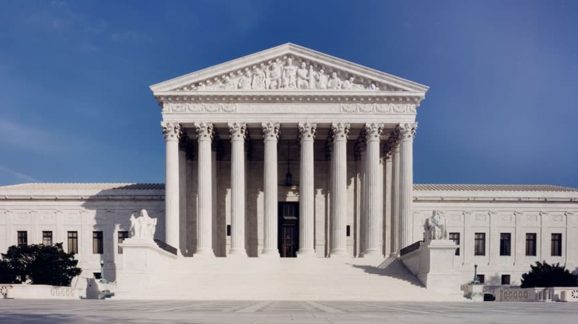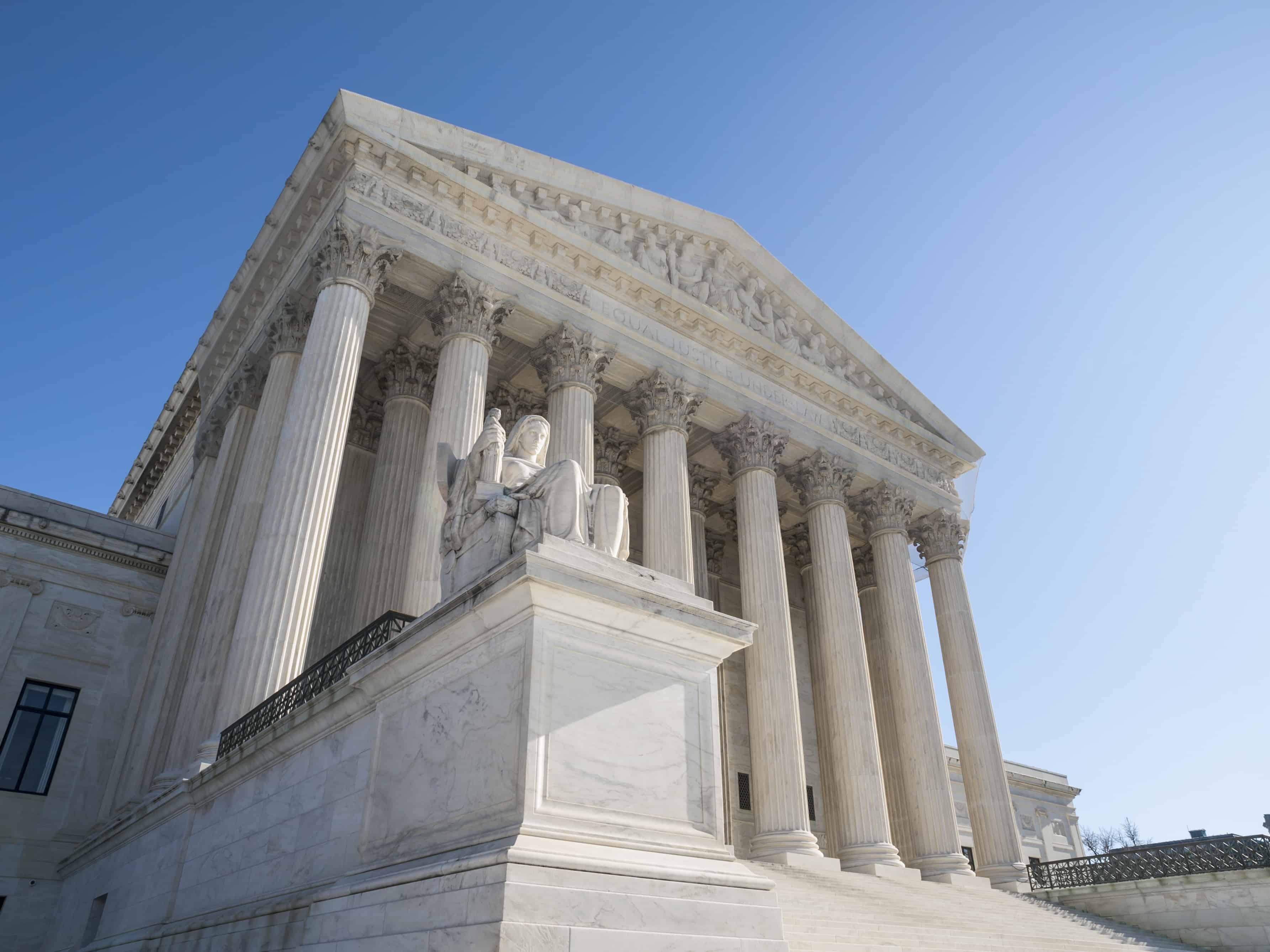Landmark Supreme Court Case Can Restore Worker Freedom

 Today at oral argument in Janus v. AFSCME, Council 31, Justice Sonia Sotomayor said “You’re basically arguing, do away with unions,” when questioning Bill Messenger, an attorney defending plaintiff Mark Janus, for the National Right to Work Legal Foundation.
Today at oral argument in Janus v. AFSCME, Council 31, Justice Sonia Sotomayor said “You’re basically arguing, do away with unions,” when questioning Bill Messenger, an attorney defending plaintiff Mark Janus, for the National Right to Work Legal Foundation.
But that is not what Mark Janus, a child support specialist in Illinois, is arguing. He contends that public employees who choose not to join a union should not be forced to pay for union representation they don’t want. This is because government unions are inherently political. Everything a union bargains for in contract negotiations is a public policy question and determines how tax dollars are spent. It is contrary to the First Amendment to force an individual to subsidize the politics of a group they disagree with. Workers, not government, should choose how they spend their earnings.
However, Justice Sotomayor’s argument is telling. In essence, the Justice is saying that if government unions cannot force workers to pay fees to a union as a condition of employment, they may cease to exist. Any organization dependent on coercion is suspect.
But it is important to note, a victory for Janus does not preclude any worker from becoming a union member. It simply gives public sector workers the option to opt-out of paying dues to union they disagree with.
Further, empirical evidence from the Bureau of Labor Statistics show unions fare well in states with Right to Work laws, which do not permit forced union dues. Data compiled by the Mackinac Center for Public Policy show union membership rates in Right to Work states are comparable to states that require forced union dues payments. For example, from 2000-2014, “the average percentage of union-represented private-sector employees who were full union members was 93% in agency-fee states, 94% in mixed-status states, and 84% in right-to-work states.”
In Michigan and Wisconsin, which recently adopted Right to Work laws for the public sector, union membership levels among state employees covered by collective bargaining agreements remained above 90 percent after the laws went into effect.
This case is not about whether unions will suffer financially in the aftermath. It is about worker freedom for millions of public servants across the country. An individual should be able to serve the public without having to financially support a union they don’t want and likely didn’t vote for.